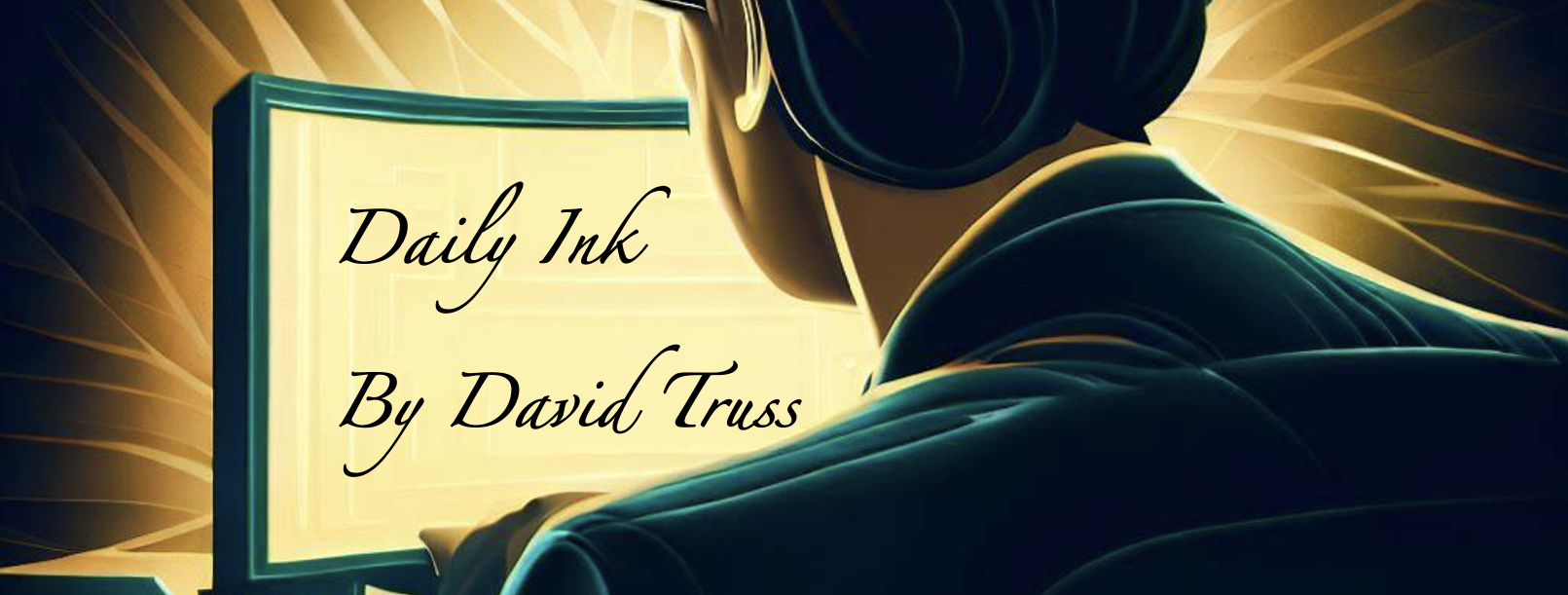I’ve been struggling to shoot well with my new compound bow, but yesterday I shot the best round since getting it. I’m still off of my personal best, and I am still a little inconsistent, but I was able to more than double the amount of times I was able to score a full 10 points with a shot. And although I didn’t score as well the second round, I was finding the bullseye more in that round.
Now I’ve started to find a flaw in my execution. I seem to have a lot of movement, beyond the desired movement, just after I trigger the release. This is challenging to figure out, but easier to fix than when you just don’t know what you don’t know. At least I’m at a point where I know it’s my error and not just mysteriously wondering what my bow is doing (because I can’t recognize what it is that I’m doing wrong).
Part of my problem is target panic. That’s when you see that your sight is perfectly lined up with the bullseye and you try to rush the shot. For me, it’s a whole body experience, and I sometimes buckle a bit, with my bow hand not holding strong and my hands come slightly closer together. This is an awful movement in archery, and one I have to work on getting rid of. While it doesn’t happen a lot, I don’t know when it’s coming until I’ve already experienced it.
The cams on a compound bow create a ‘wall’ where you hold the shot where there is a let-off of the weight that’s pulling the string. So my 50lb bow, at full extension, has a 75% let-off and I’m only holding 12.5lbs, while a person with a recurve bow would be holding the full 50lbs. My job is to keep my extension and hold the bow ‘hard’ against the wall, but still be relaxed and not be stiff… Yet, also not be so relaxed that I let myself buckle when I see the bullseye lined up.
I know progress will be slow from here, but at least I’m in a good headspace where I can see a path forward. I’m going to make many more bad shots, but the good shots will be more frequent. I’m finally not just floundering and feeling like I’m not improving. Now I just need to keep shooting. 1,000 more arrows, then 1,000 more after that…














